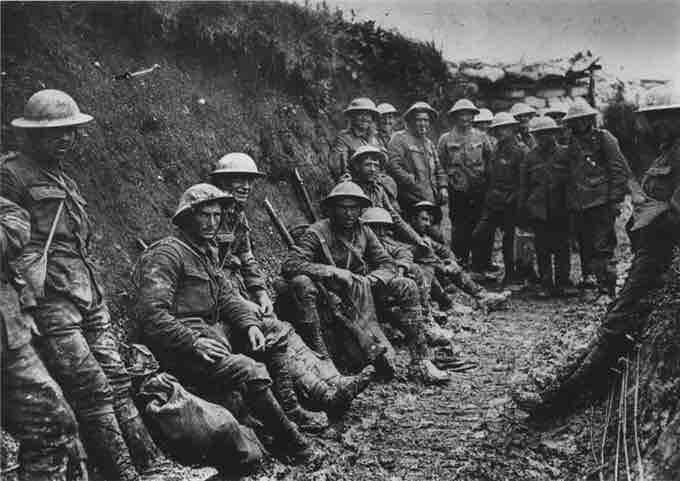The first two decades of the 20th century were marked by enormous industrial, economic, social and cultural change. International trade brought with it increasing growth and prosperity, along with a rise in poverty and slums in major cities. Urbanization, architectural advances, increases in technology and the spread of goods and information were markers of the times. Competition between nations was reflected in attempts to show off advances in technology, business, and architecture, among other things. Prominent scientific advancements of the time included Einstein's Theory of Relativity and Freud's development of modern psychology.
After the relative peace of most of the 19th century, rivalry between European powers erupted in 1914 with the outbreak of the first World War. Over 60 million European soldiers were mobilized from 1914–1918 as countries around the world were called into the conflict. With the widespread death and destruction of the greatest war the world had ever seen, art increasingly became a means for escapism, a way to abstract life and escape the difficulties of the human condition.

A ration party of the Royal Irish Rifles in a communication trench during the Battle of the Somme, July 1916
The death and destruction of World War I contributed to the desire of artists to abstract life.
The economic and social changes of the early 20th century greatly influenced the North American and European worldview which, in turn, shaped the development of new styles of art. Artists began to question and experiment with themes of reality, perspective, space and time, and representation. Einstein's Theory of Relativity contributed to the development of cubism, and developments in psychology greatly influenced the subject matter of a number of artistic schools of thought. The rapid rise of technology impacted artists both directly and indirectly, from the invention of new artistic materials to subject matter and themes.